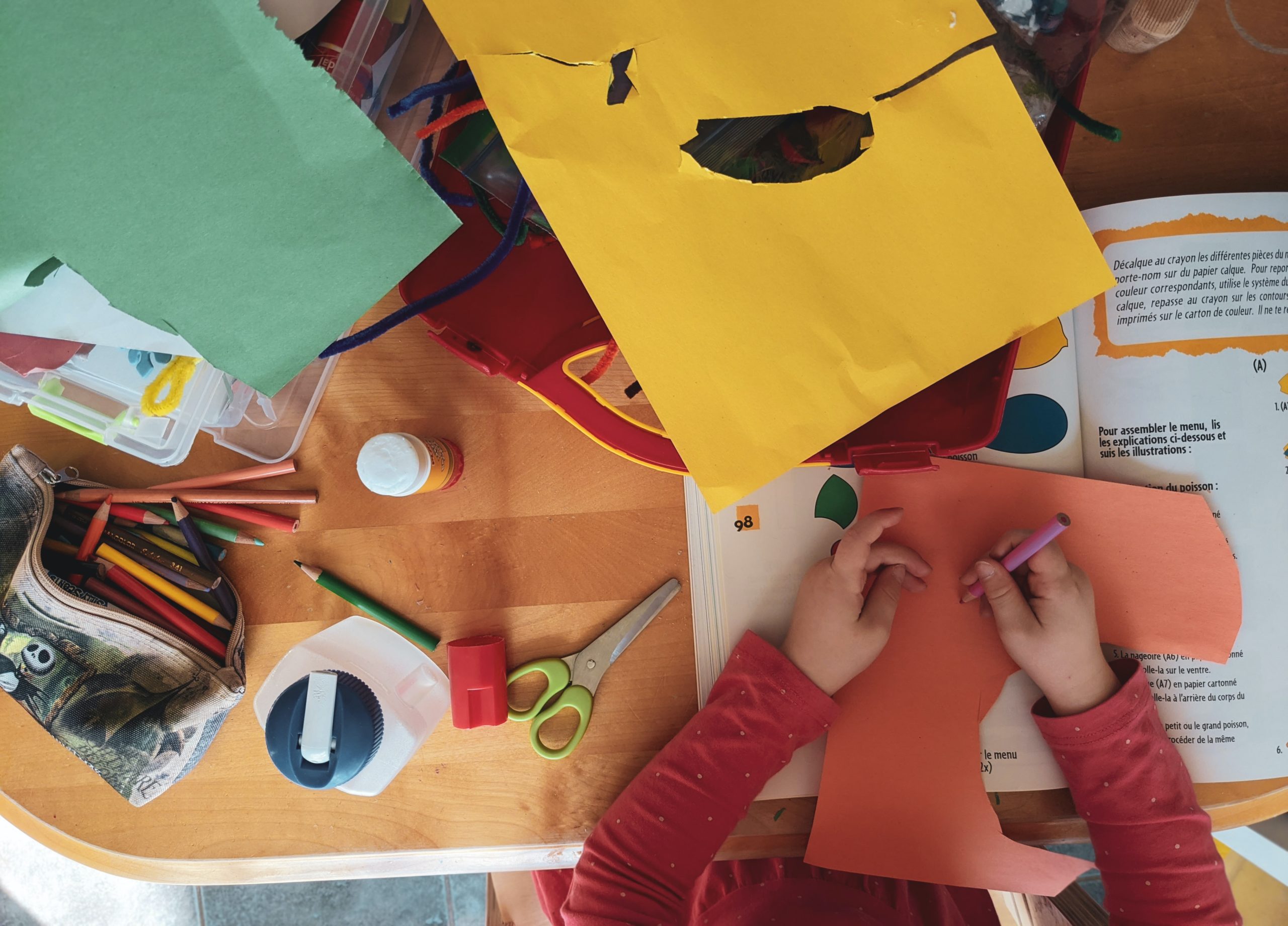Generating Ideas for Children's Books

Crafting a story, particularly for children, is a task that’s as exciting as it is challenging. Constructing a narrative, curating the characters, and delineating an engaging plot requires not only a creative mind but also a structured methodology. A well-devised narrative structure, which pivots on the dual aspects of plot and story, can make this task significantly more manageable.
The plot refers to the sequence of events, the twists and turns that drive the narrative. The story, on the other hand, encompasses the protagonists, key conflicts, and setting of the book. Together, they create a narrative structure that gives a story its distinctive shape, outlining a clear beginning, middle, and end, thereby ensuring the narrative is compelling enough to keep a reader engaged.
Now that we’ve established the importance of narrative structure let’s delve into some strategies to generate ideas for children’s books:
- Drawing from Personal Experiences: Your own childhood experiences can serve as a rich source of inspiration. Recalling emotions, events, or people from your past can often spark intriguing story ideas.
- Exploring the Mundane: Even the most ordinary events can become extraordinary through the eyes of a child. A trip to the grocery store or a day in the park can provide ample material for a captivating story.
- Engaging with Children: Spend time with children. Listen to their conversations, observe their play, and take note of their imaginative stories. The natural creativity of children can provide unexpected story ideas.
- Reading Widely: Explore different genres, cultures, and eras. The wider your reading range, the richer your idea bank will become.
- Identifying Themes: Identify themes that resonate with children. Themes like friendship, adventure, overcoming fears, or learning something new often make for engaging stories.
- Dream Up Characters: Create a character first, then build a world and a story around them. Children often connect strongly with characters.
- Addressing Current Issues: Tackle relevant issues in a child-friendly manner. This could be about environmental conservation, inclusivity, or empathy.
- Using Visual Stimuli: Pictures, art, and photographs can inspire unique story ideas. A single image can spur an entire narrative.
- Experimenting with Perspective: Telling a story from an unusual point of view, like a pet or a toy, can yield interesting narratives.
- Starting with a Setting: Begin with a vivid setting, like a bustling city or a magical forest, and let the story emerge from there.
Remember, generating ideas is an ongoing process. Keep your creative channels open, remain observant, and don’t be afraid to explore or experiment. Every idea, no matter how small or unlikely it may seem, could be the seed of an enchanting children’s book.